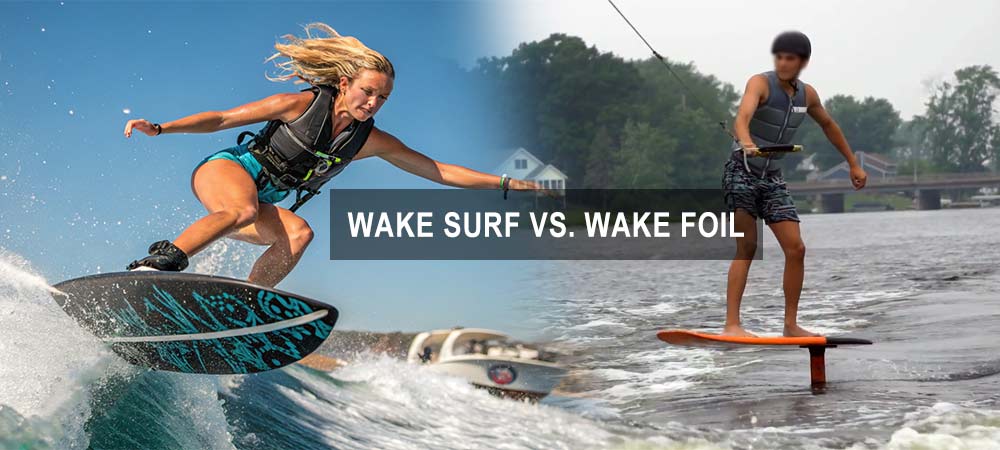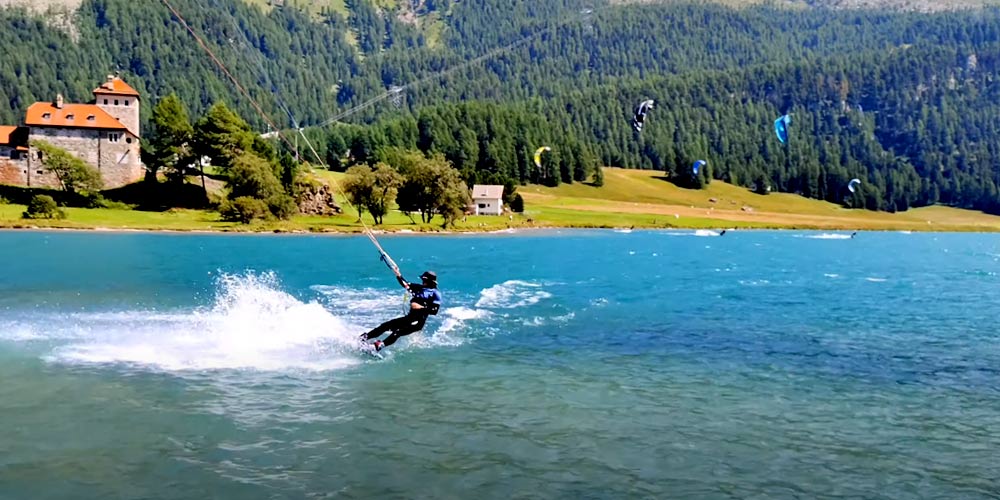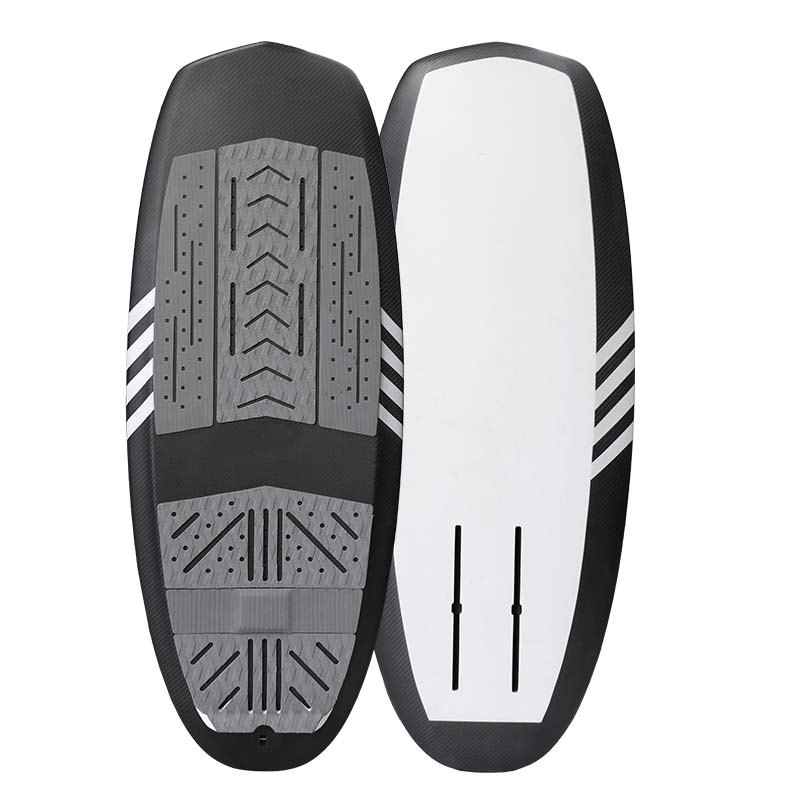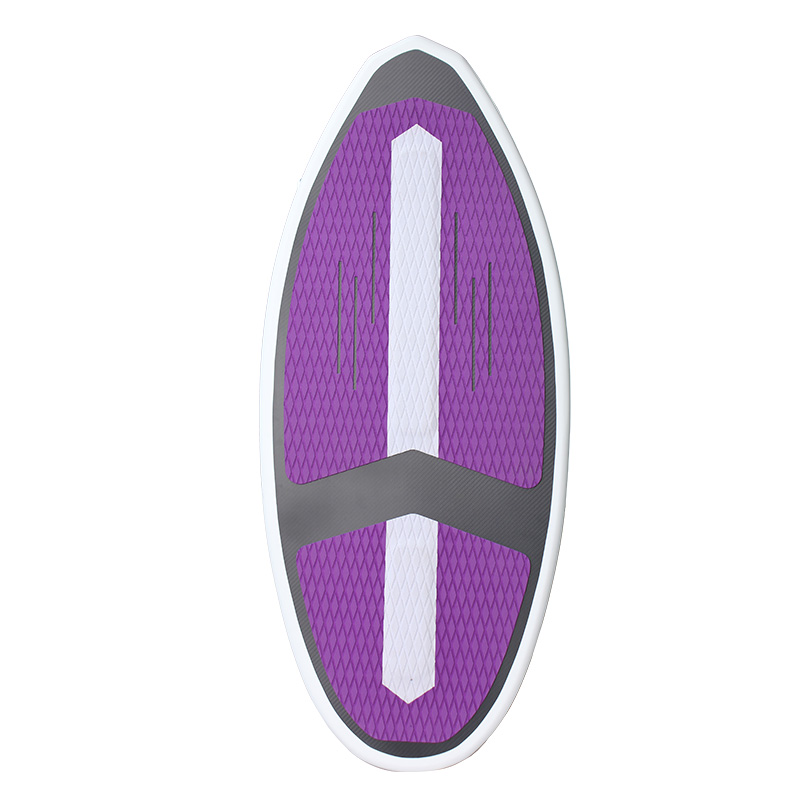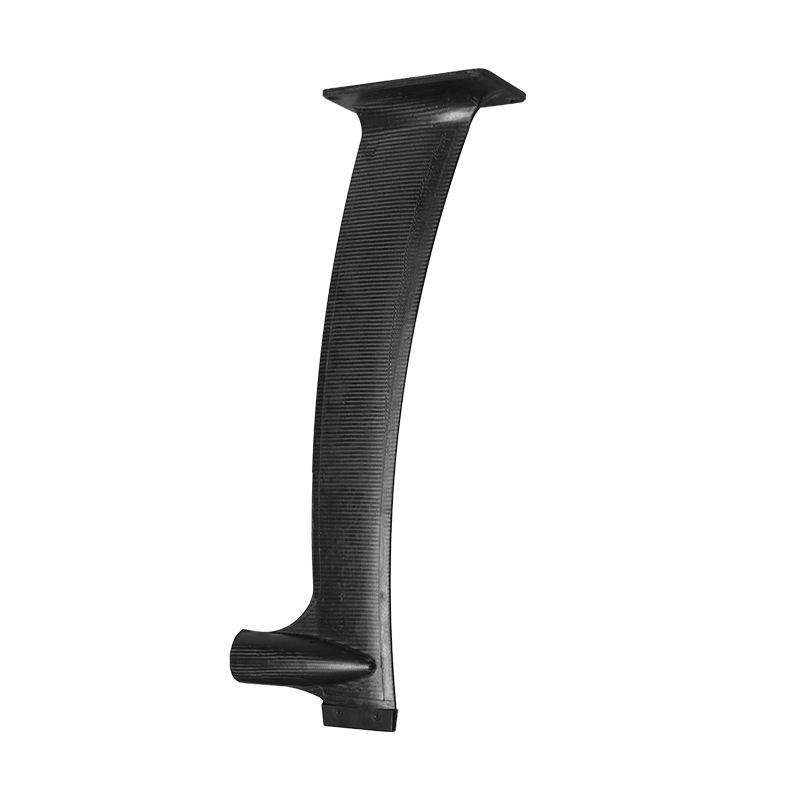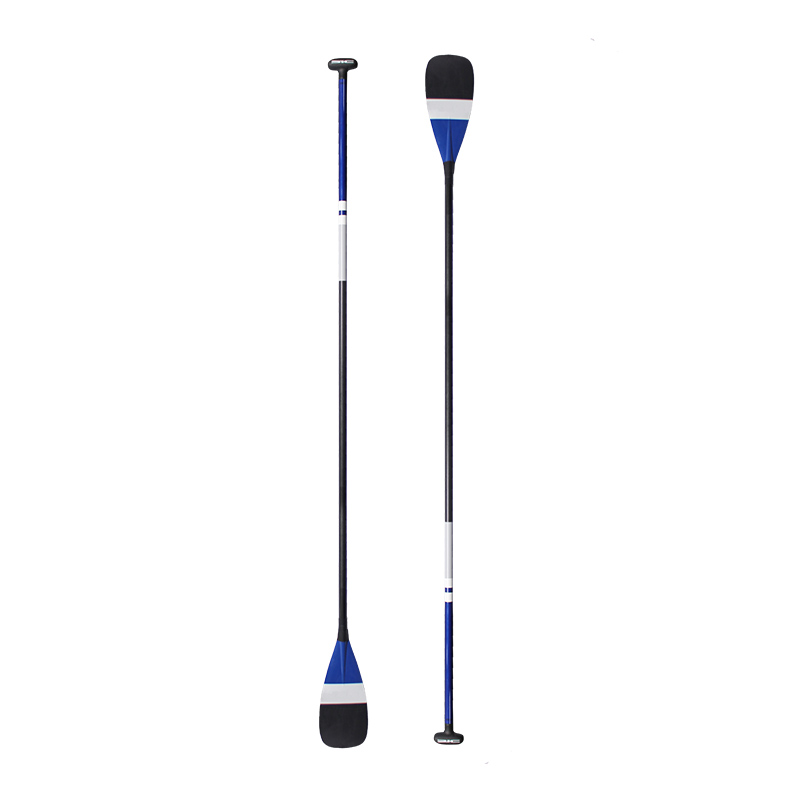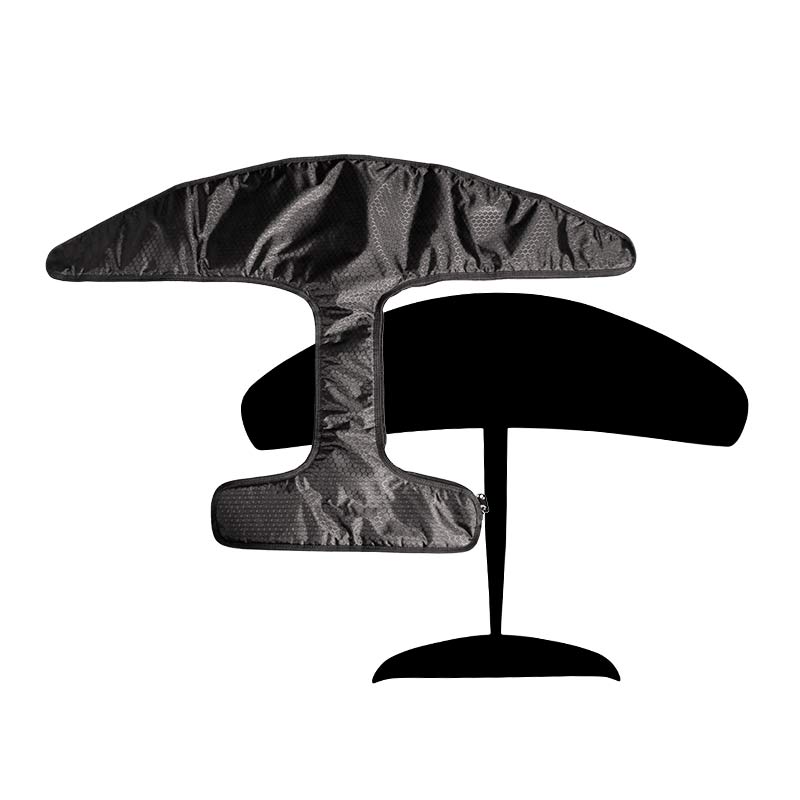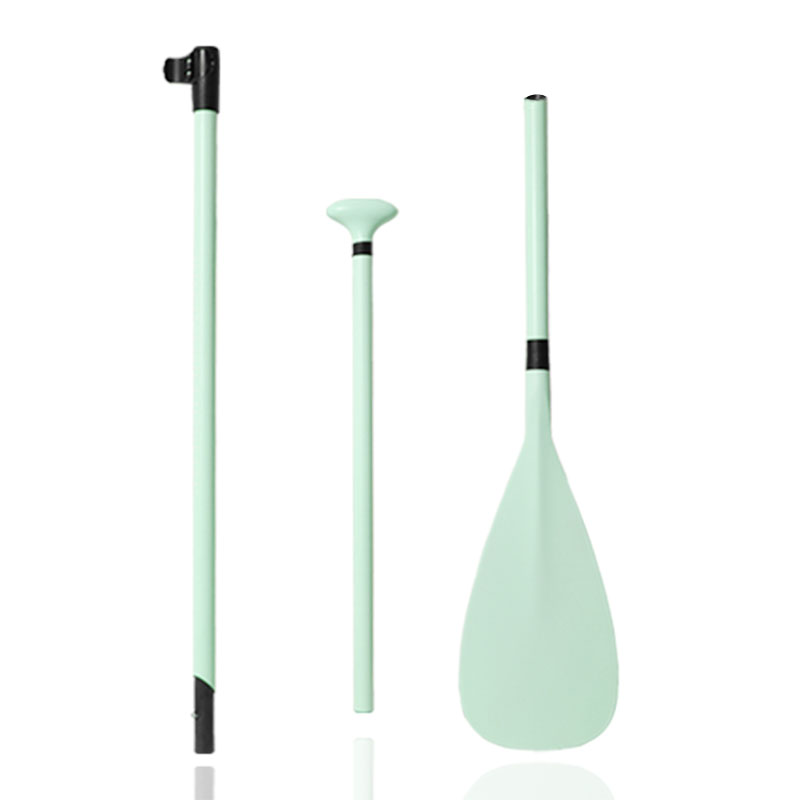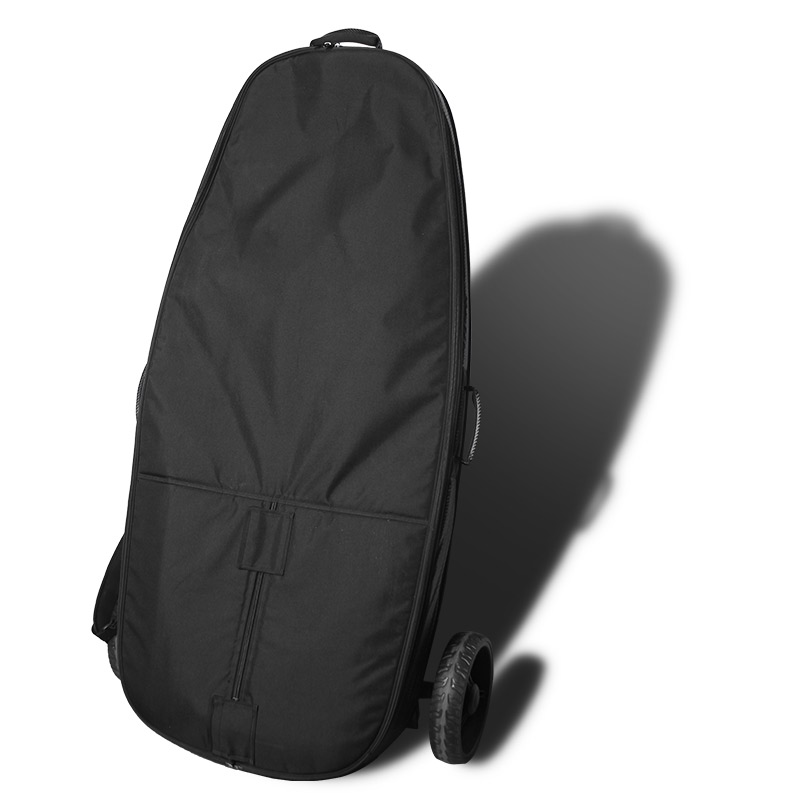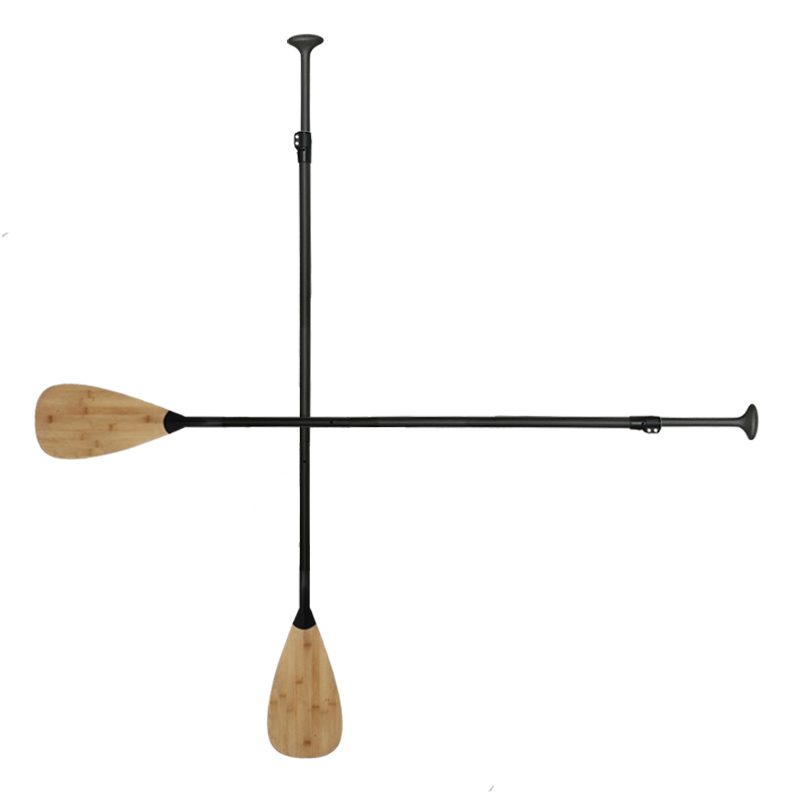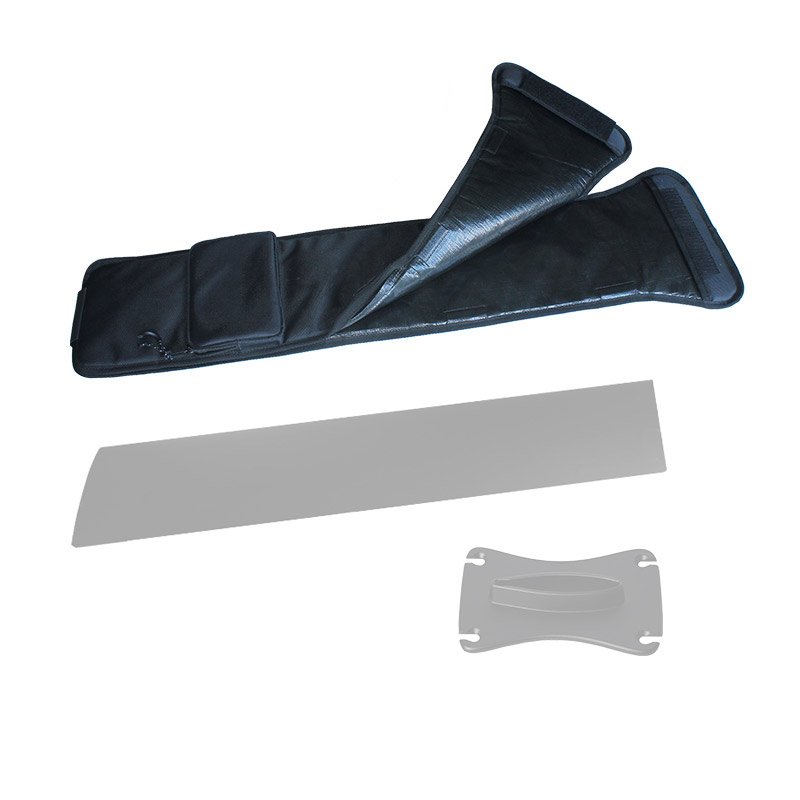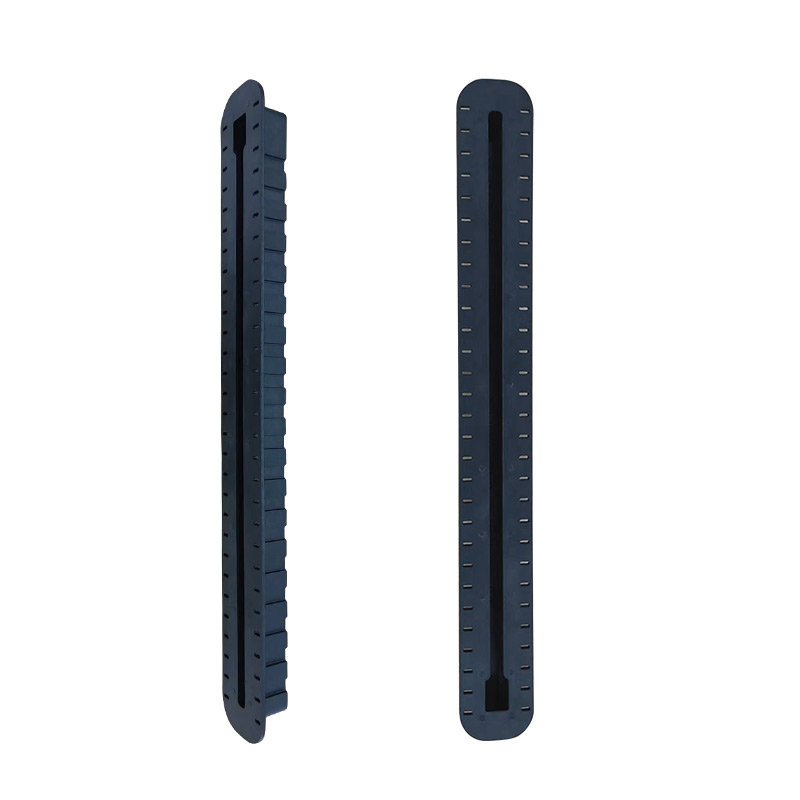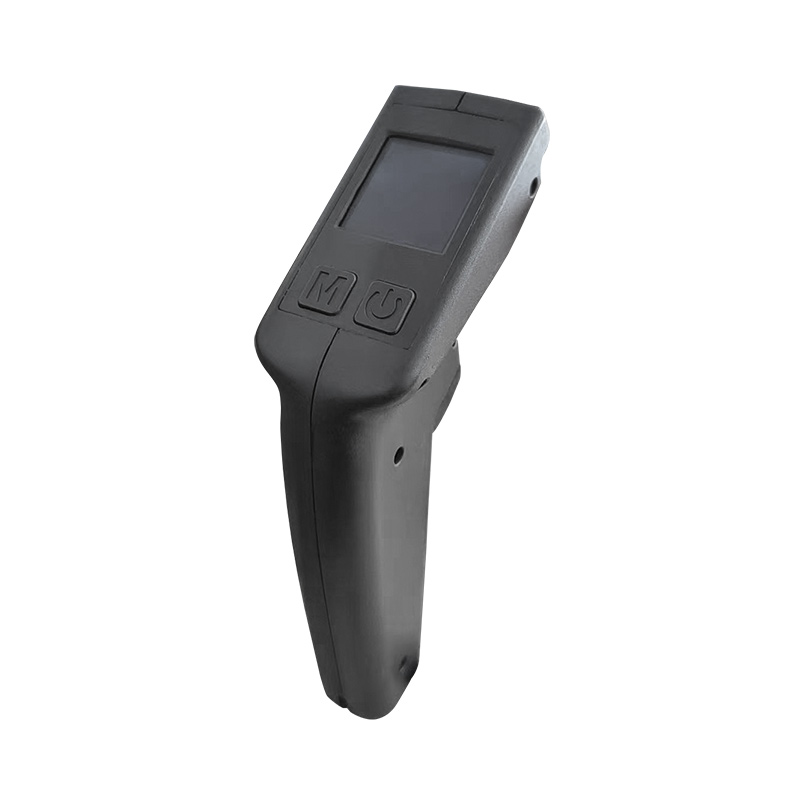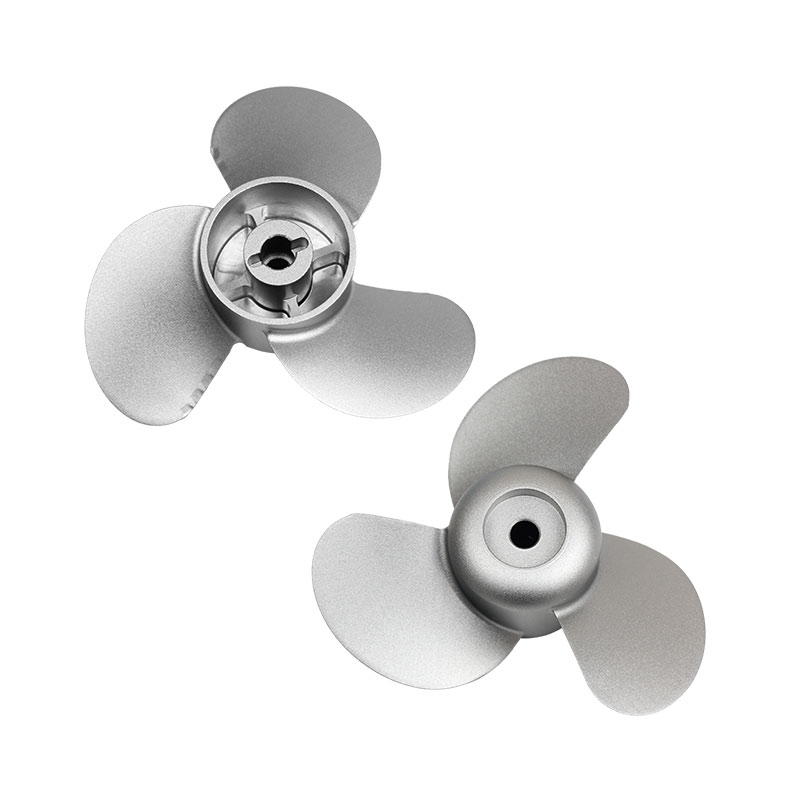Understanding the intricacies of kayak paddle parts is pivotal for paddlers at all levels. Mastery of these components optimizes performance, enhances maneuverability, and prevents potential issues while on the water. If you are interested in custom kayak paddle, welcome to click the link to see. If you want to learn the kayak paddle parts information, please read the following information.
The Kayak Paddle Parts
Kayak paddles consist of various parts crucial for effective navigation and control. These components encompass the blade, shaft, grip, ferrule, drip rings, feathering mechanism, and more, each serving a distinct function in propelling and steering the kayak. Familiarity with these elements empowers paddlers to select, utilize, and maintain their paddles efficiently.
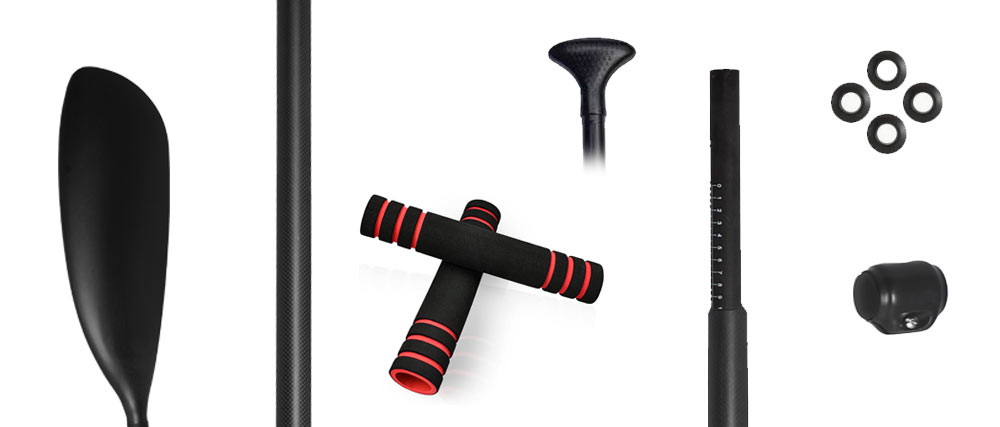
Blade Anatomy
The blade is one of the important kayak paddle parts. In this section, we will tell about the anatomy of it.
A. Blade Shape and Design: The shape of kayak paddle blades influences maneuverability, efficiency, and stroke techniques. Blades vary from symmetrical to asymmetrical, impacting stroke power and stability. Design features like dihedral or flat blades affect water flow, minimizing resistance and enhancing control.
B. Blade Material and Construction: Kayak paddle blades commonly come in fiberglass, carbon fiber, or plastic. Each material offers distinct properties of durability, weight, and stiffness. Construction methods, such as foam-core or solid blades, impact weight distribution and responsiveness in the water. The choice of material and construction affects performance and fatigue during paddling.
C. Blade Size and Surface Area: The size and surface area of the blade affect the power output and speed. Larger blades provide more power but may lead to increased fatigue. Smaller blades offer faster strokes but may require higher cadence. The surface area determines the paddle’s efficiency in catching water and propelling the kayak forward. Blade size selection is often based on paddler strength, paddling style, and water conditions.
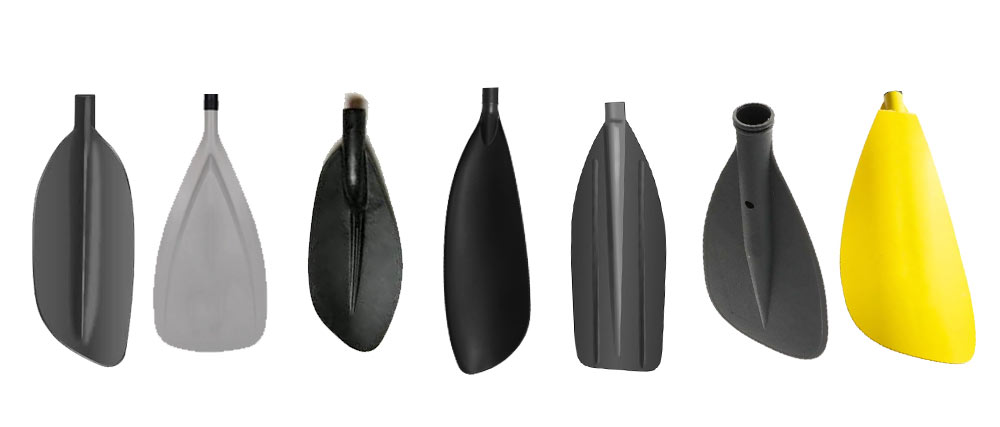
Shaft Composition
Another import kayak paddle parts, the kayak paddle shaft. It plays a pivotal role in the paddle’s function, directly impacting paddling efficiency and comfort. It determines the overall weight, length, and diameter, crucial factors in stroke effectiveness.
A. Shaft Materials: Fiberglass, Carbon Fiber, Aluminum: Kayak paddle shafts are commonly crafted from fiberglass, carbon fiber, or aluminum. Fiberglass provides moderate flexibility and durability at an affordable cost. Carbon fiber offers lightweight and stiffness, ideal for reducing fatigue during prolonged paddling. Aluminum shafts are sturdy, budget-friendly, but relatively heavier. Each material choice influences the paddle’s weight, performance, and cost.
B. Shaft Design: Straight vs. Bent Shafts: Paddlers can opt for straight or bent shaft designs. Straight shafts are traditional, offering uniform grip and straightforward control. Bent shafts, with a slight ergonomic bend, aim to reduce wrist fatigue by aligning the wrist to the blade angle. The choice between the two depends on comfort, paddling style, and potential wrist strain.
C. Shaft Length and Diameter: The shaft’s length and diameter impact paddling efficiency and comfort. Length varies based on paddler height, kayak width, and paddling style. Diameter choices, often standard at 1.1-1.25 inches, are contingent on hand size and grip comfort. A properly sized shaft enhances stroke effectiveness and minimizes hand strain.
Grip and Handles
This is a kayak paddle part may not all the kayak paddle have. For example, the single blade have but the double blade type don’t. Or you can say they are difference, but this is also a kayak paddle part. Here are some introduction about it.
A. T-Grip Functionality: The T-shaped grip at the top of the paddle serves various purposes. It aids in controlling the blade angle during strokes and allows for efficient maneuverability. Additionally, the T-grip provides support for specific paddle techniques, such as rolling or bracing .
B. Handle Ergonomics and Materials: Kayak paddle handles are designed ergonomically to enhance comfort and reduce hand fatigue. Materials like rubber, foam, or molded plastics are commonly used due to their non-slip properties, ensuring a secure grip even in wet conditions. The ergonomic design helps distribute pressure evenly across the hand, optimizing comfort during extended paddling sessions .
C. Control and Comfort Features: Paddles may integrate additional features for control and comfort, such as adjustable ferrules that allow feathering adjustments for different paddling conditions. Some handles offer padded grips or textured surfaces for better traction. These features aim to maximize paddler control and ensure a more comfortable paddling experience.
Ferrule Mechanism
Ferrules are the kayak paddle parts that are the connection points between the two halves of a kayak paddle, enabling adjustment and customization. They come in various designs like snap-button, Posi-Lok, or lever systems, allowing easy assembly and disassembly while ensuring a secure connection.
Benefits of Adjustable Ferrules: Adjustable ferrules offer versatility by allowing paddlers to modify the length and feathering angle of the paddle. They facilitate customization for different paddling conditions, body sizes, and stroke techniques, enhancing comfort and performance.
Types of Ferrule Systems: Ferrule systems vary, including snap-button, Posi-Lok, Versa-Lok, and lever-based mechanisms. Each type offers distinct features such as easy adjustability, secure locking, and rapid assembly. Understanding these variations helps paddlers choose a system that aligns with their preferences and needs.

Drip Rings & Their Role
A. Preventing Water Runoff: Drip rings are essential accessories for kayak paddle parts designed to prevent water runoff along the shaft. Placed just below the blades, they act as barriers, redirecting water away from the paddler’s hands and the kayak cockpit. This helps maintain a dry and comfortable paddling experience, preventing water from dripping down onto the paddler.
B. Materials and Placement: Drip rings are commonly made of durable and water-resistant materials like rubber or silicone. Their placement is crucial, typically positioned close to the top of the shaft above the area where the paddler grips the paddle. This strategic placement ensures effective water diversion and minimizes the chances of water reaching the paddler.
C. Maintenance and Importance: Regular maintenance involves checking the condition of drip rings for wear and tear. Damaged drip rings may compromise their effectiveness. Properly functioning drip rings are important for comfort during kayaking, keeping hands and the kayak interior dry. They play a vital role in enhancing the overall paddling experience by preventing distractions caused by dripping water.
Feathering Mechanism
A. Purpose of Feathering: Feathering refers to the ability to adjust the angle of the kayak paddle blades relative to each other. The primary purpose is to minimize wind resistance or drag on the upstroke, reducing strain and fatigue on the paddler’s arms. This adjustment is particularly useful in windy conditions or during long paddling sessions, allowing for a more efficient stroke technique.
B. Feathering Angle Adjustment: Kayak paddles with feathering mechanisms offer adjustable angles, usually in increments of 15 or 30 degrees. This adjustment is often achieved through a ferrule system, allowing paddlers to align the blades in various positions according to their preferences or environmental conditions.
C. Impact on Paddling Techniques: Feathering can significantly impact paddling techniques. For instance, in windy conditions, setting a feathered angle can reduce the resistance against the wind on the non-active blade, making it easier to maneuver the paddle. It allows for smoother and more controlled strokes, enhancing paddling efficiency and minimizing strain on the arms and shoulders.
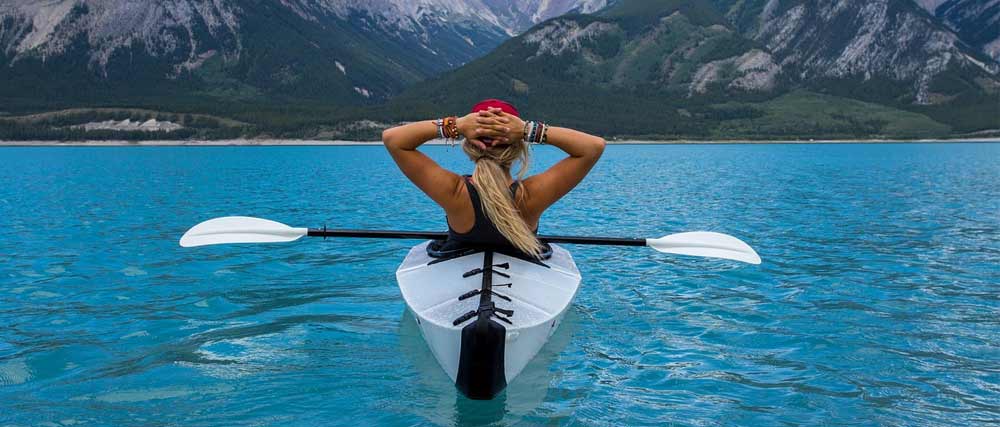
Kayak Paddle Parts Conclusion
So, understanding the intricacies of kayak paddle parts is essential for paddlers of all skill levels. Mastery of these kayak paddle parts not only optimizes performance and enhances maneuverability but also prevents potential issues while on the water. These kayak paddle parts like the blade, shaft, grip, ferrule, drip rings, feathering mechanism, each serving a distinct function in propelling and steering the kayak. Familiarity with these elements empowers paddlers to select, use, and maintain their paddles efficiently.
The blade anatomy influences stroke power and stability, determined by shape, materials, and size. The shaft composition, varying in materials, design, length, and diameter, significantly impacts the paddle’s weight, performance, and comfort. Additionally, the grip and handles, designed for functionality, ergonomics, and comfort, play a vital role in ensuring a secure and controlled grip during paddling.
The ferrule mechanism, offering adjustability and customization, enhances paddling comfort and performance by allowing modifications in length and feathering angle. Lastly, drip rings prevent water runoff, ensuring a dry and comfortable paddling experience, while feathering mechanisms reduce wind resistance, enhancing stroke efficiency and minimizing strain on paddlers’ arms. These Kayak Paddle Parts collectively contribute to an optimized and enjoyable kayaking experience.



